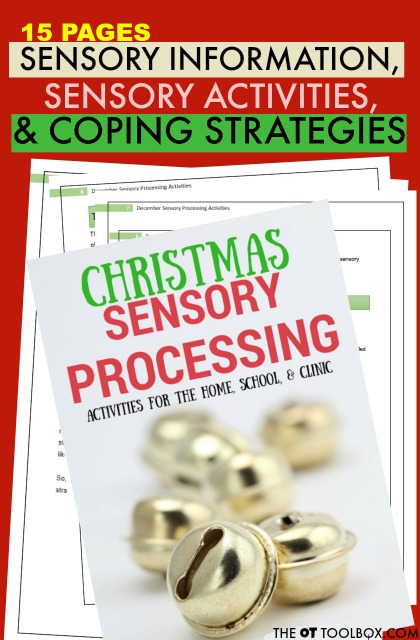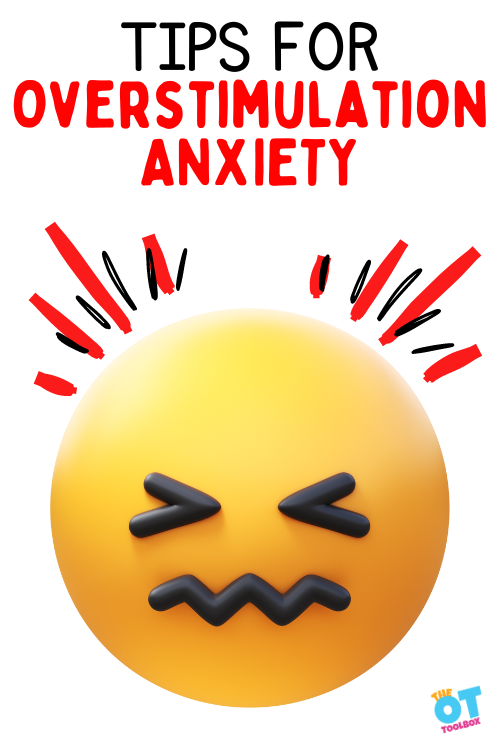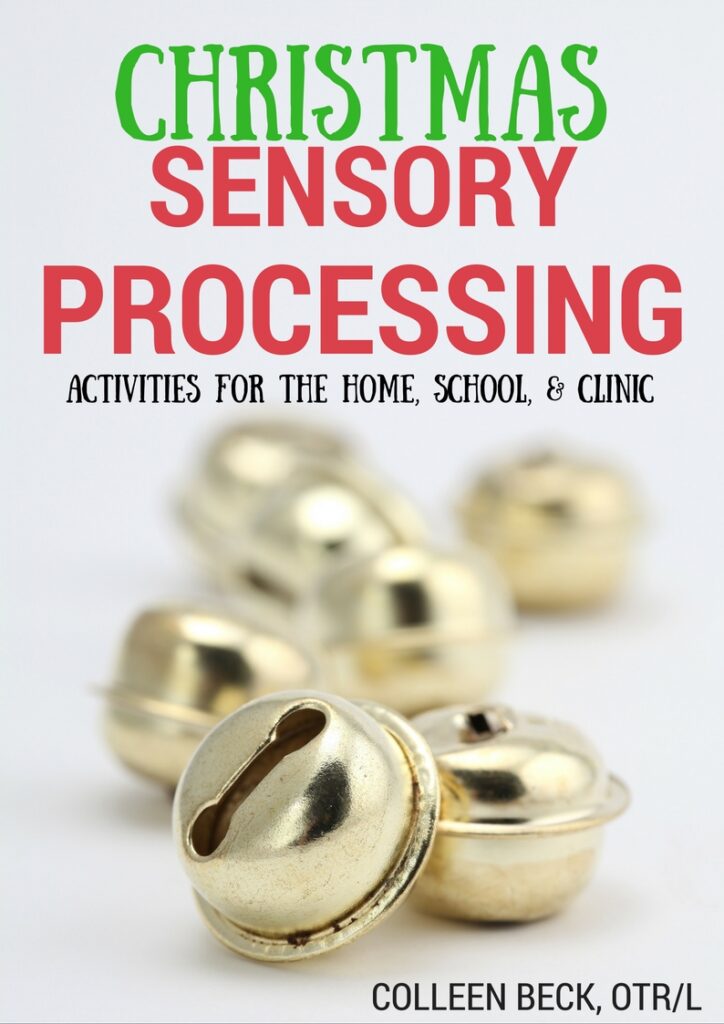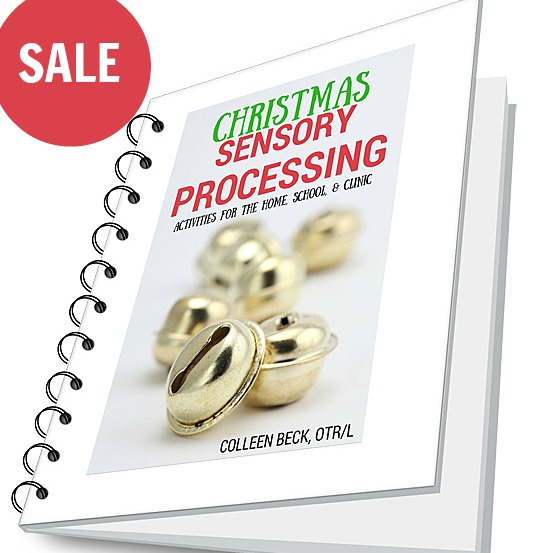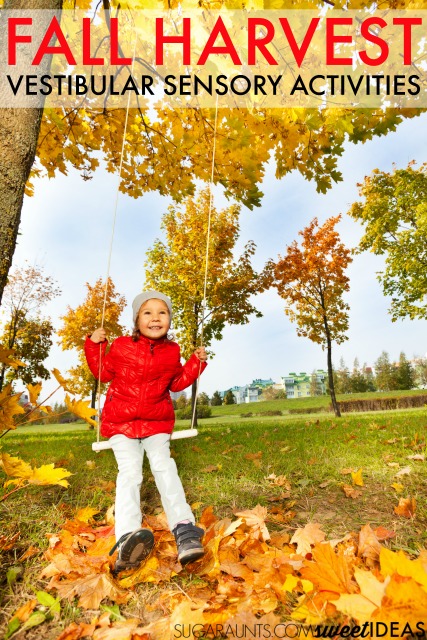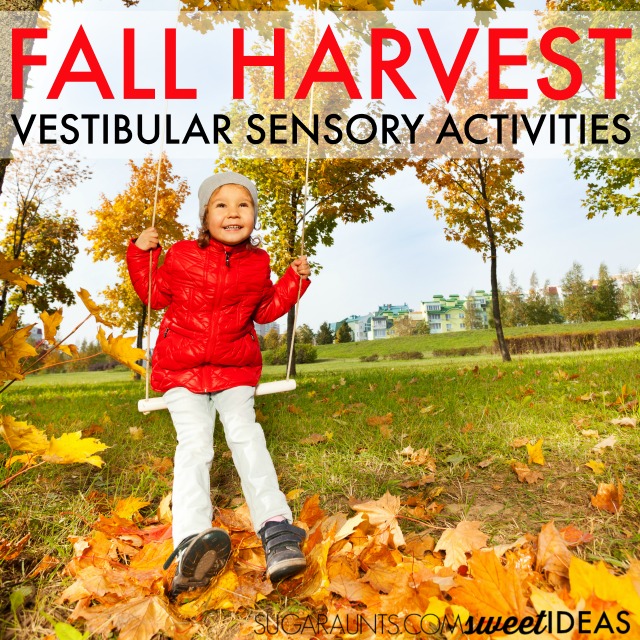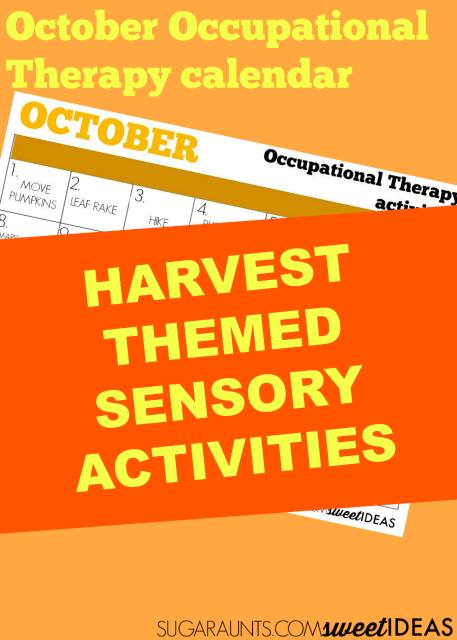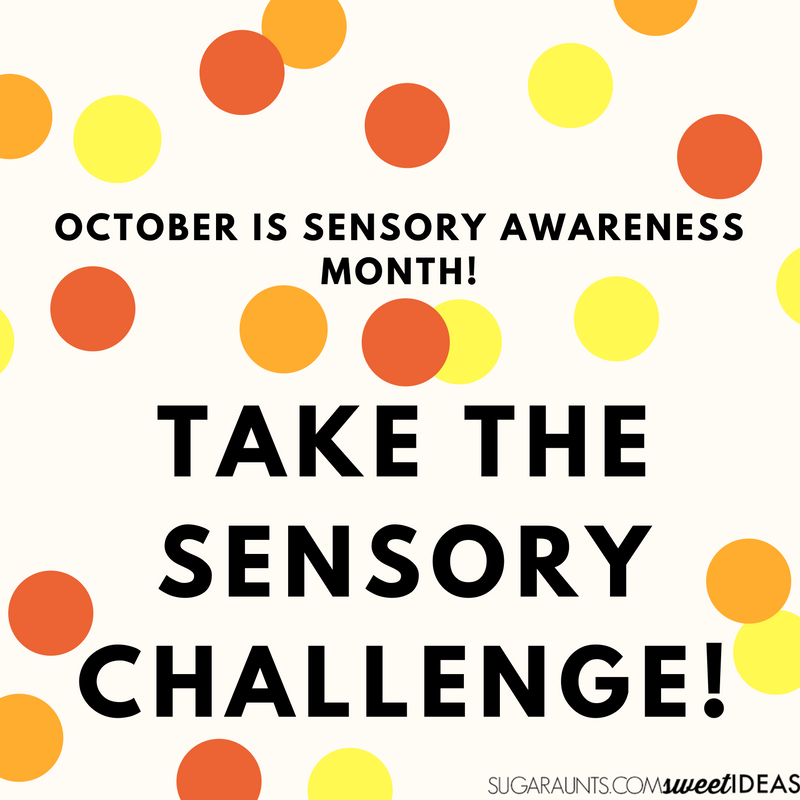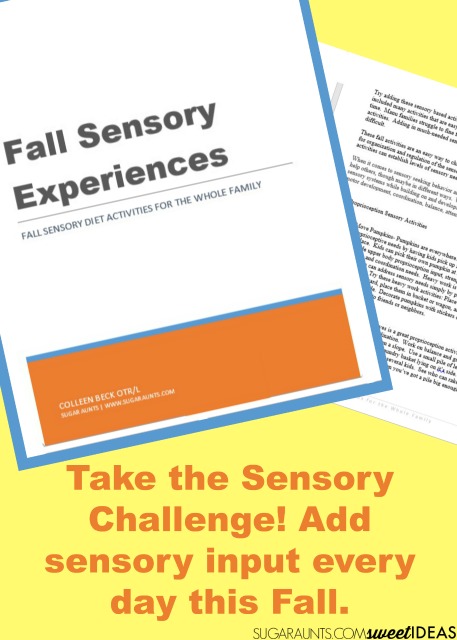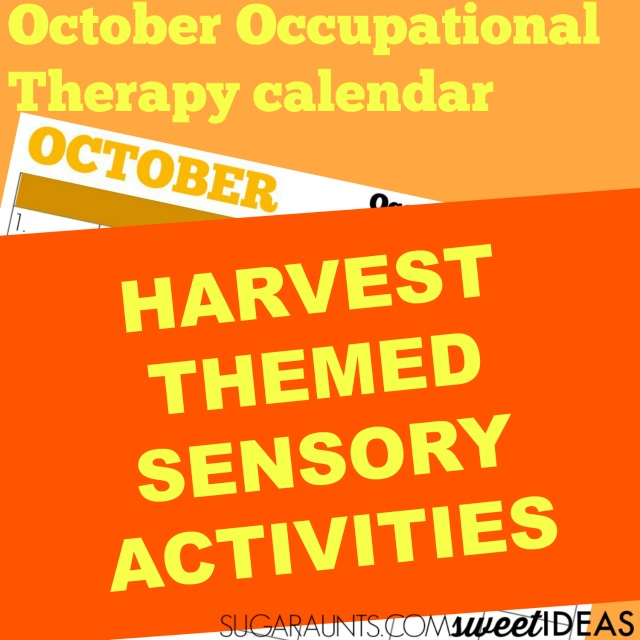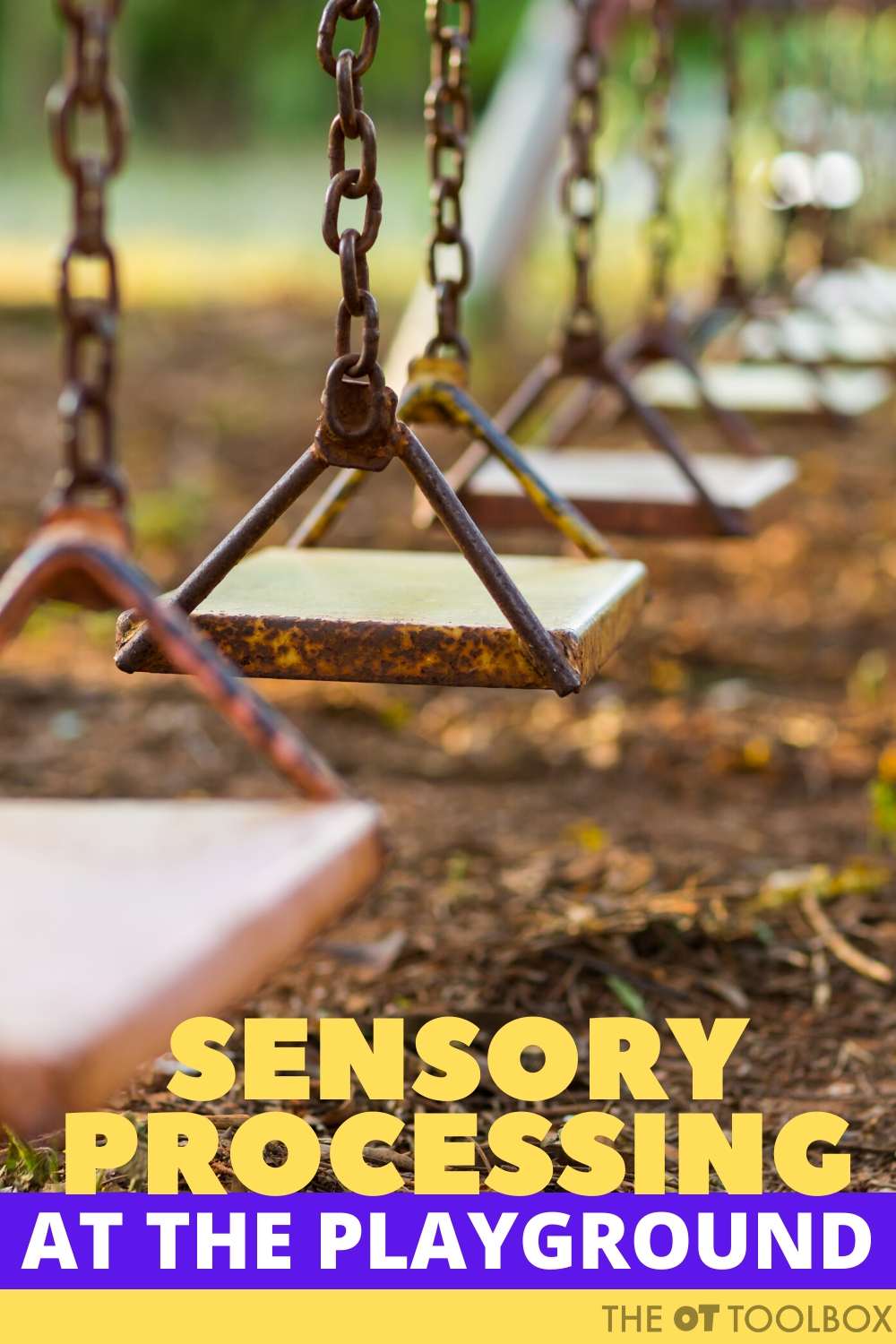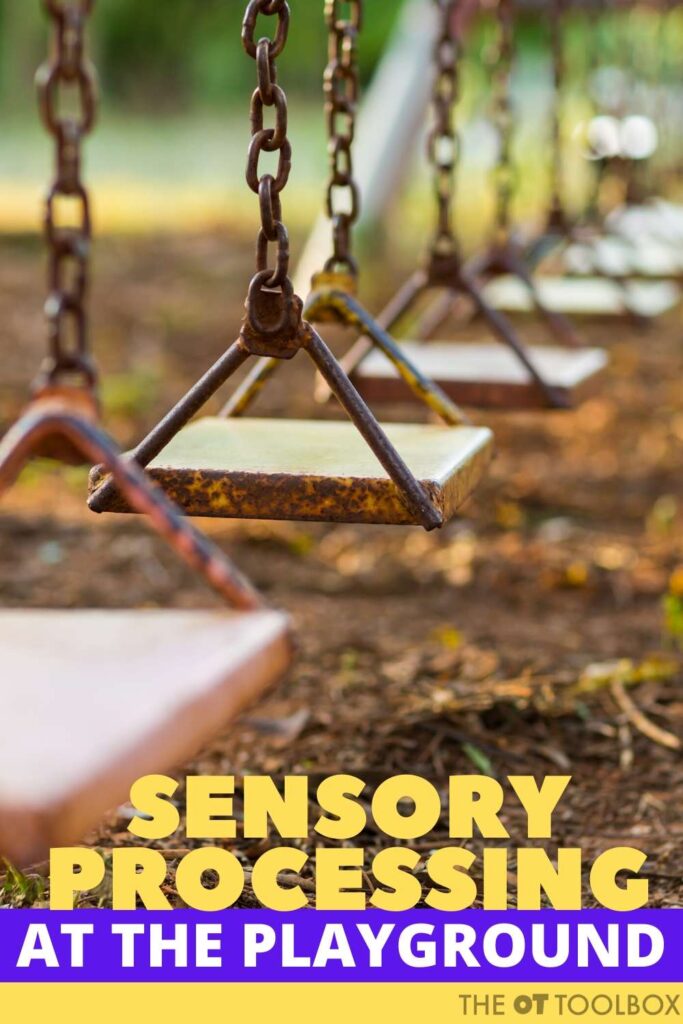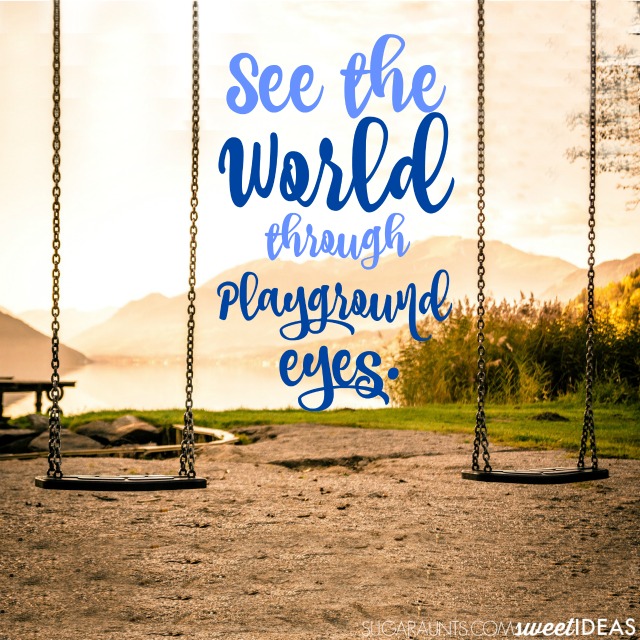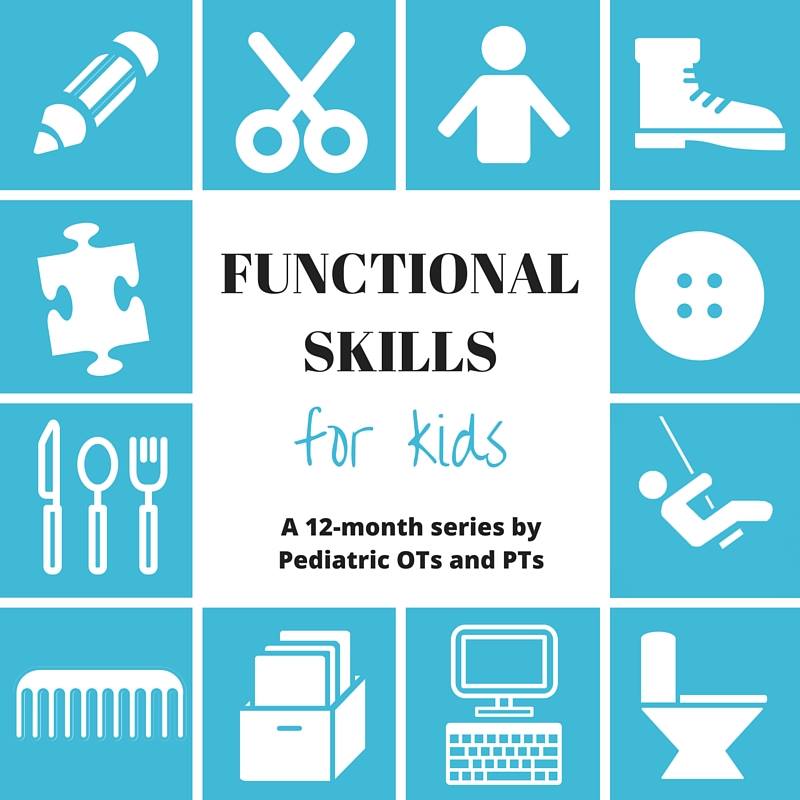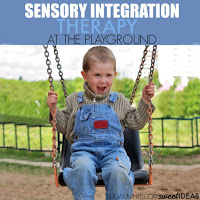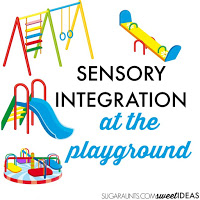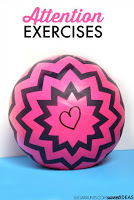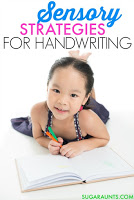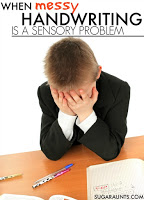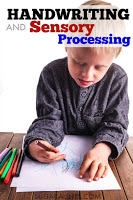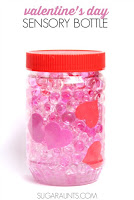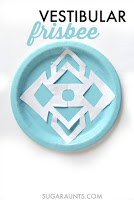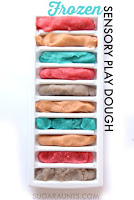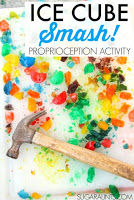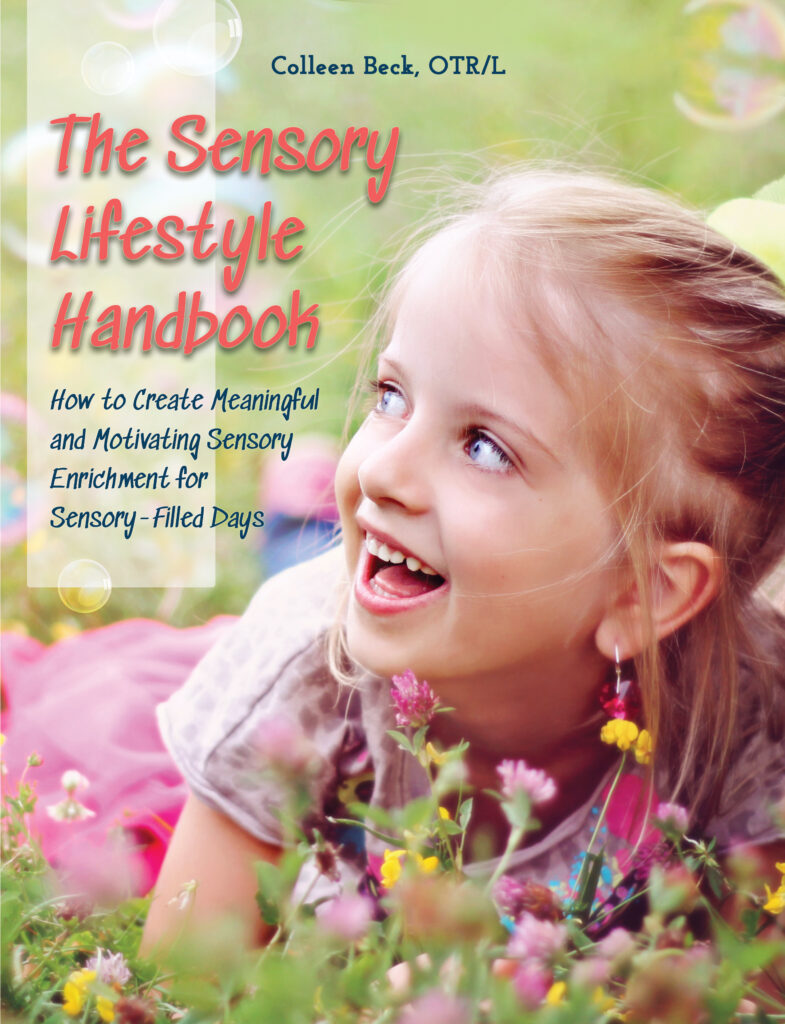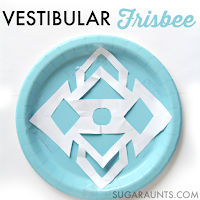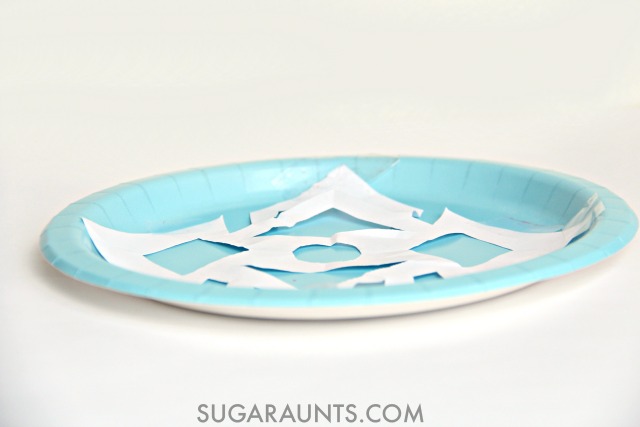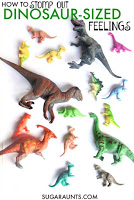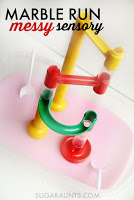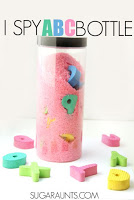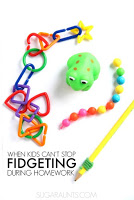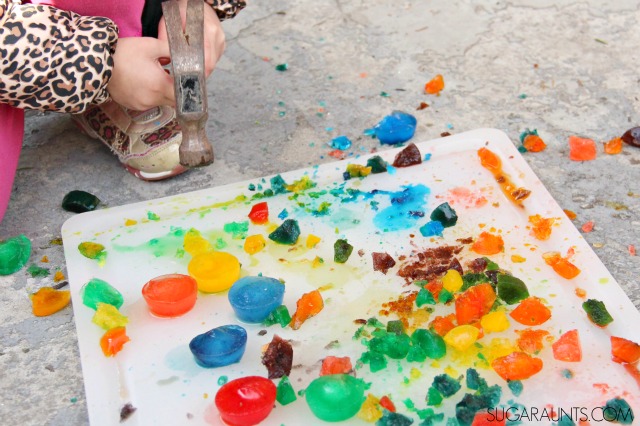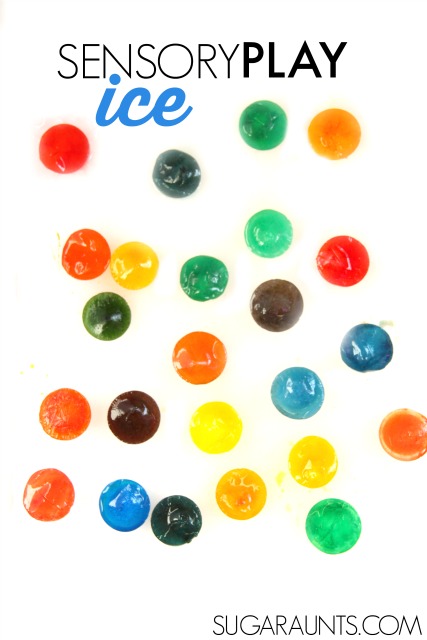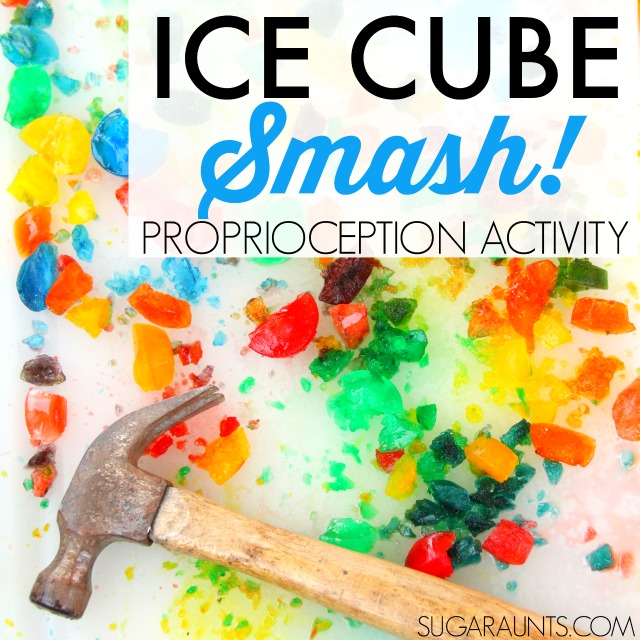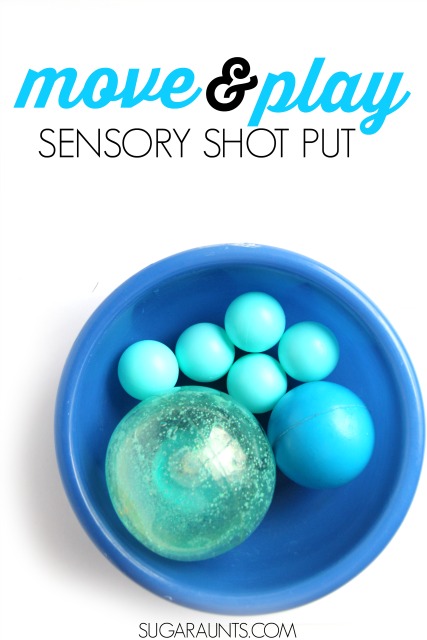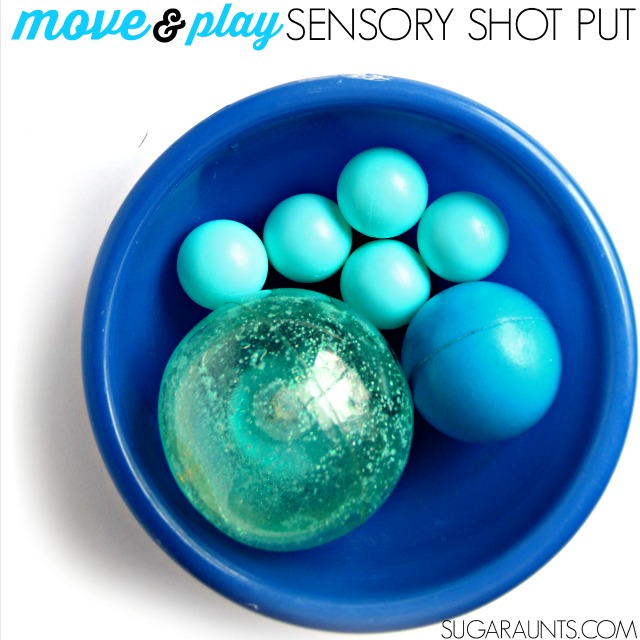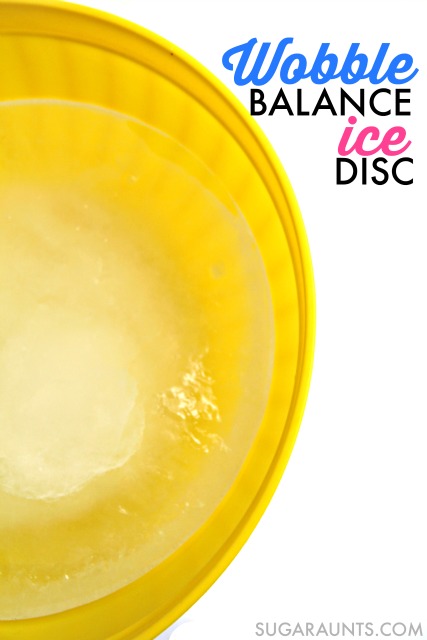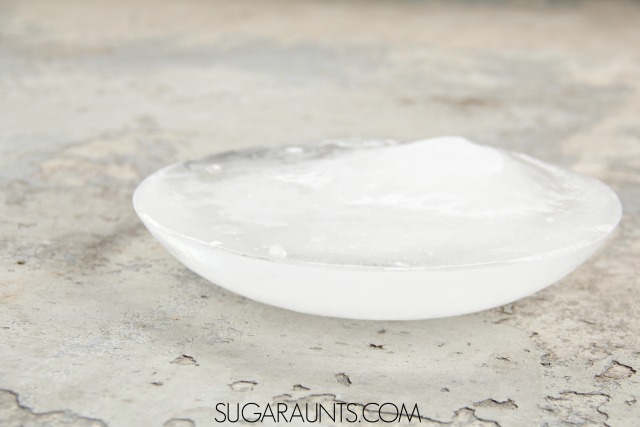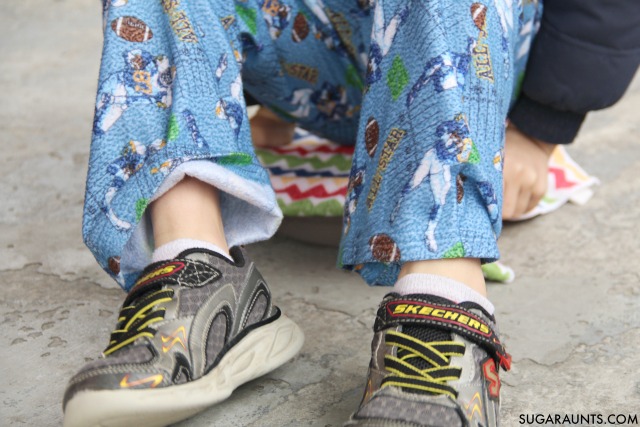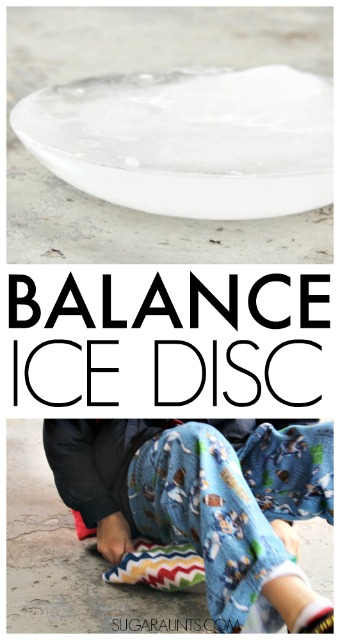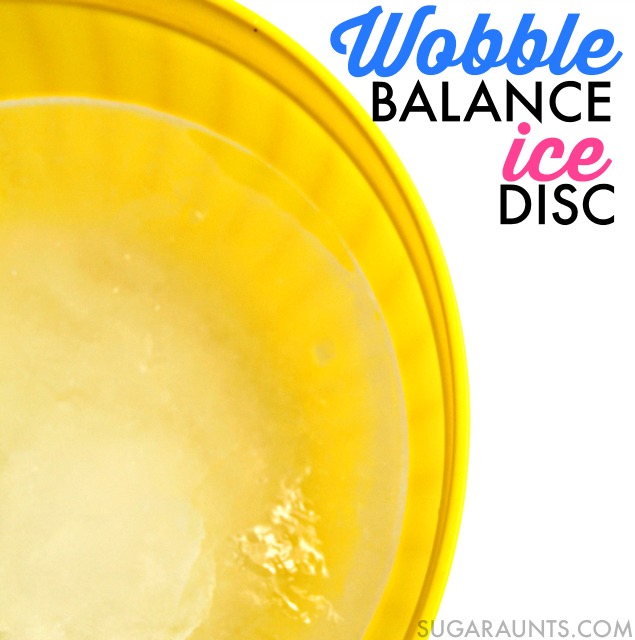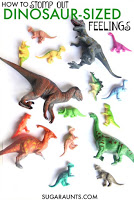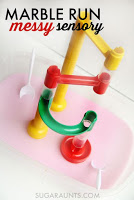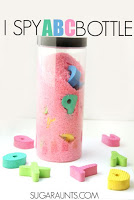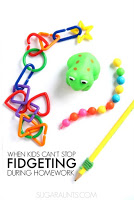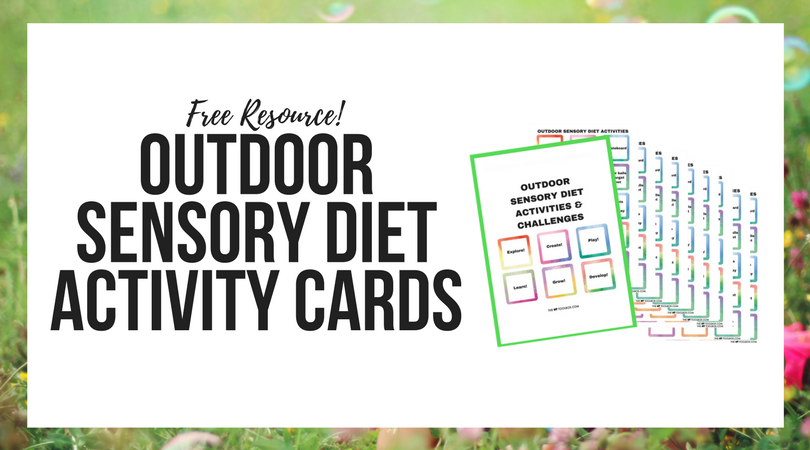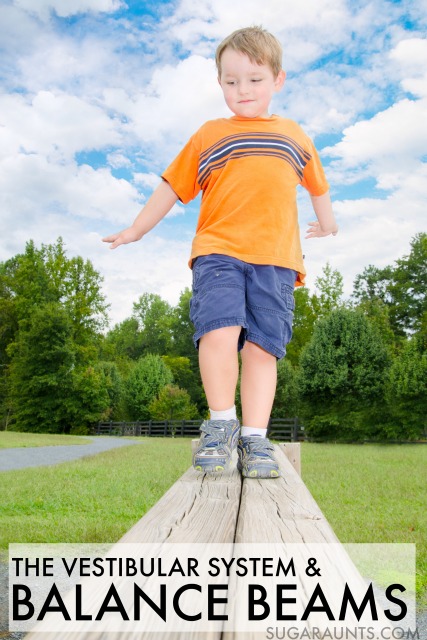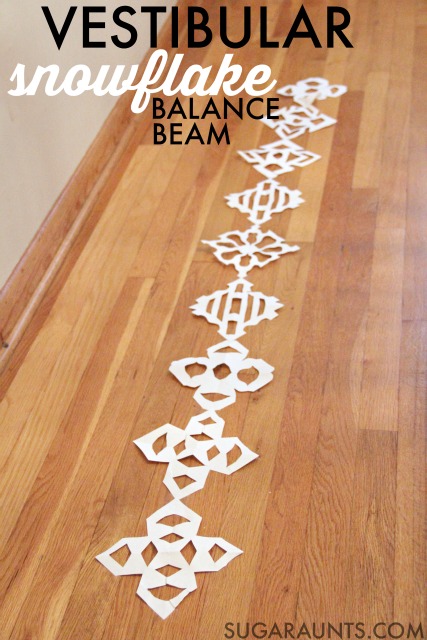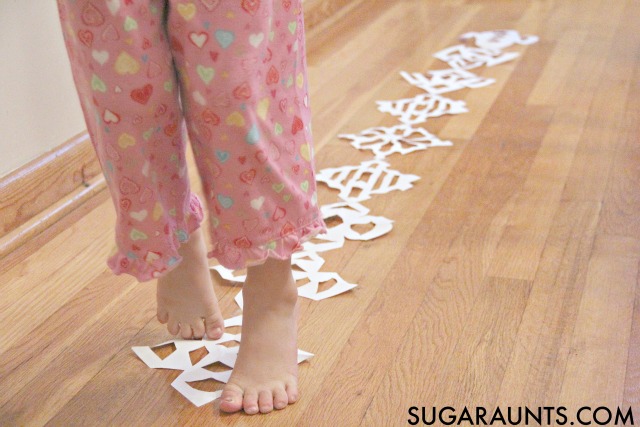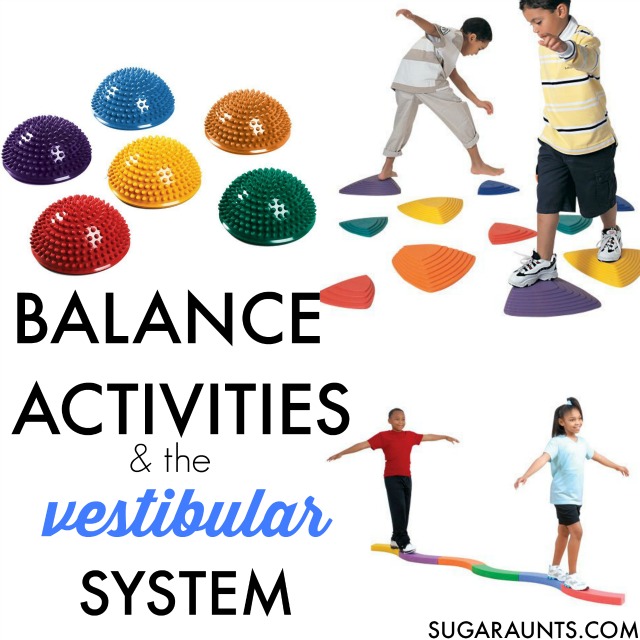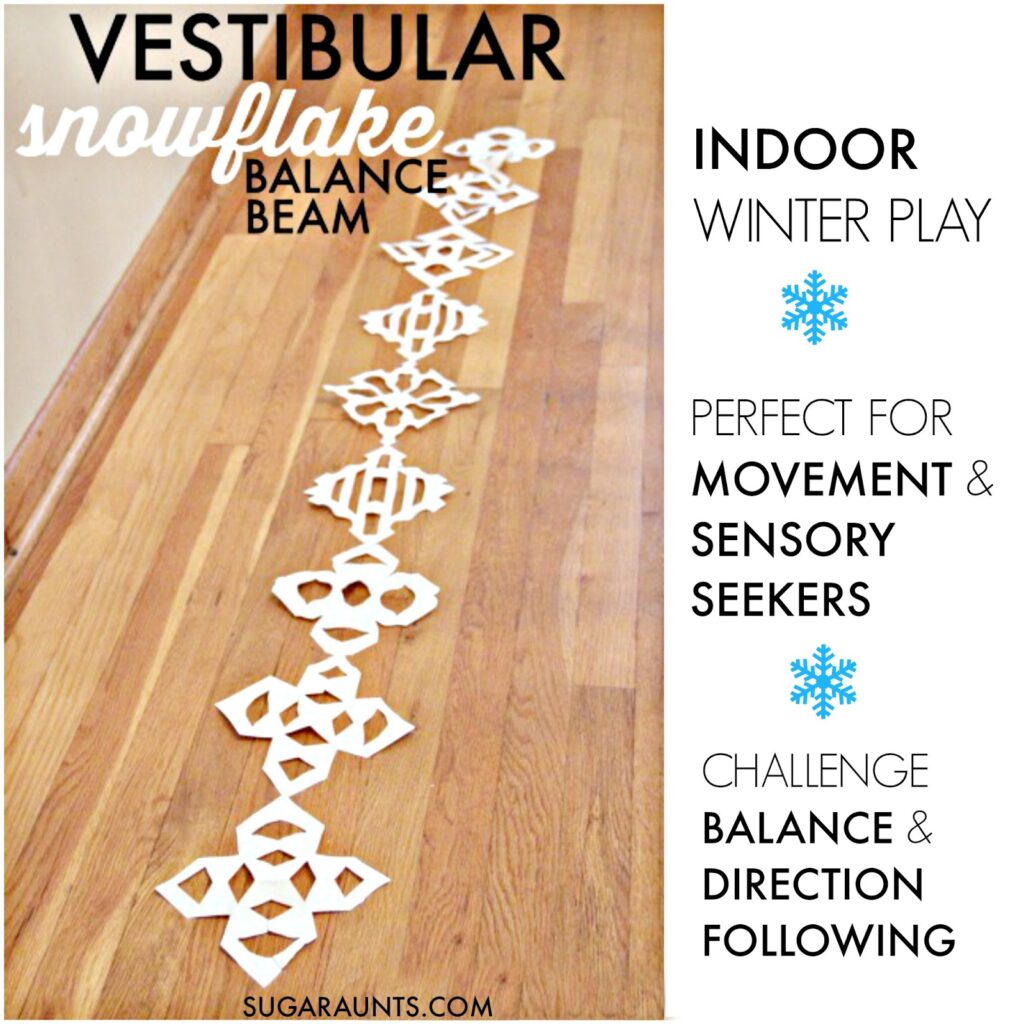For more information on Dr. Jean Ayers, and occupational therapist and researcher who developed a theory on sensory integration, check out our blog post on
Ayres Sensory Integration.
What is Sensory Integration therapy?
There is a difference between sensory play, sensory experiences, and sensory integration. Sensory integration processes information from our environment and our body in order to organize sensory input and allow us to respond appropriately.
Sensory integration organizes information from our eyes, ears, joints, skin, mouth, nose, and our body’s position in space. It allows our body to pull all of this information together to enable us to respond to sensory input in purposeful function.
When there is a problem with sensory integration, the brain does not process or appropriately organize the sensory information in a way that provides allows for effective behavior.
Without effective sensory integration, a person feels uncomfortable about himself and responds to ordinary environmental demands with stress (Ayres, 1979).
There are many functional skills that are diminished as a result of sensory integration difficulties: “Children with sensory integration impairments may have difficulty orienting to and registering sensory input, filtering stimuli, or habituating to familiar stimuli.
They may struggle to organize a response to the sensory environment that is logical and appropriate from an observer’s viewpoint. With inaccurate sensory processing in the CNS, praxis and motor output impairments may manifest in delayed gross and fine motor development and diminished sensory discrimination abilities (such as visual perception, tactile discrimination, and auditory discrimination).” (Tomchek, 2001)
In Sensory Integration Therapy, a therapist guides the child into activities that help the child organize sensory information and allow the child to perform adaptive responses.
Therapy is a manner of helping the child to function with through activities that the child wants to do.
While sensory integration therapy involves many aspects that should be completed in various environments (such as vibration, deep pressure, joint compressions, brushing, as well as gustatory and olfactory sensory activities), there are SI therapy ideas that can be done at the playground that challenge or meet the needs of some children, depending on their specific needs.
Vestibular and Proprioceptive Sensory Input at the Playground
The playground provides equipment in a natural environment that can effectively address vestibular needs.
Some children may need to arouse his vestibular system. Children with typical sensory processing abilities are able to determine their body’s position in space and determine the amount of force needed for play.
The child with sensory processing disorders can not sense how to play on equipment that challenges his sensory systems. Use playground equipment to provide vestibular and proprioceptive input in these ways:
- Swings- Full body movements can be developed through gravitational insecurity on the swings. Lying in a prone (superman) position on the swings is organizing in a forward/back motion on the swings. Slow swinging in the prone position helps to normalize a child with tactile defensiveness.
- Swings- Encourage the child to look up in front of them and even toss bean bags into a bucket. Ask the child to notice things around them in the playground area and play games like “I Spy” while slowly swinging back and forth in the prone position.
- Swings- Spinning on playground swings requires strength of the arms and upper body to maintain an upright position. The vestibular stimulation received from spinning is intense and shouldn’t be utilized for more than 10 minutes.
- Swings- Position the child sideways in the swing so the swings are straddling the seat of the swing. Children can then be slowly pushed side to side as well as front-to-back.
- Slide- Riding down a slide promotes use of position in space as the child holds themselves up against the pull of gravity.
- Slide- Another idea for using the slide in sensory play is to have the child lay prone on the slide without movement. Use the upward ramp of the slide as a positioner for art creation or eye-hand coordination games like rolling a tennis ball up the slide and catching it as it rolls back down.
- Slide- Walking and crawling up the slides while looking upward is a test of gravity while encouraging bilateral coordination and core body strength.
- Tunnels- Encourage crawling and scooting through playground tunnels with eyes up and looking out of the tunnel so that the child’s head and neck are resisting gravity and vision is guiding movement.
- Merry-go-round- Spinning on a merry-go-round can be done in a seated, prone, or supine position. Holding onto the bars and maintaining upright posture is a strengthening exercise and a source of proprioceptive input.
- Balance Beam- Balance beams can be used in obstacle courses and are a great source of vestibular and proprioceptive input while encouraging visual changes. Show the child how to look up forward as they walk along a balance beam.
- Steps- Many playground equipment sets have small sets of steps to reach different levels. Children can climb the steps, using the banister for support if needed. Try having the child pull themselves up the steps using the banister for a change in body and head position that promotes proprioceptive input, using the body’s weight against gravity.
- Picnic Bench-Lying prone on the seat of the picnic bench while the hands are dropped to the ground is a way to work against gravity through the arms in a ball tossing game, or drawing in the dirt with a stick. Ask the child to scoot forward on the bench so that they need to work harder for efficiency of the vestibular system and against gravity. This type of activity promotes use of the eyes in an activity while the back, arms, head, and neck are used against gravity and help to build visual perception.
- Vertical Ladder- Climbing a ladder to monkey bars requires strength, bilateral coordination, and provides vestibular input. Using the child’s own body weight is effective in providing proprioceptive input. Children can look up with neck extension to further adjust vestibular receptor response to movement in space.
- Ramps- Many playgrounds have ramps built in within the playground. Crawling, scooting, walking toe-to-toe, and sliding up and down these ramps provide many different sensory input opportunities. Try rolling a ball up or down these ramps into a target or to a friend.
Other children may require vestibular sensory input in order to modulate excessive vestibular activity and will avoid equipment that provides a sense of gravitational insecurity.
These children tend to avoid movement and changes in position. In these cases, children should be guided by an Occupational Therapist in treatment techniques that allow modulation of vestibular input.
A word of caution about vestibular sensory input:
Vestibular sensory input can have a late-effect on children. They may not appear to respond to sensory input immediately, so children should be monitored and carefully watched for the effects of vestibular stimulation.
Vestibular input (especially spinning) can evoke a powerful response in children and too much input can be overwhelming and disorganizing for children.
These tools can be overpowering for children and the children should always be monitored for overreactions to sensory input.
It is for this reason that sensory integration strategies at the playground should be addressed by an Occupational Therapist.
The OT practioner can train parents, teachers, or student aides in appropriate sensory strategies at the playground, all while making adaptations to the vestibular, proprioceptive, and tactile experiences.
Continued play over and over again on playground equipment in manners that are designed to integrate the sensory systems can help the child with sensory processing disorders to respond appropriately through memories of motor plans.
The sensory experiences at the playground can have a lasting impact on organization of sensory processing.
The playground provides a wide variety of opportunities for movement through crawling, climbing, reaching, swinging, and sliding.
The playground provides a fun environment for establishing confidence in the child’s response to movement activities.
This post is part of the Functional Skills for Kids series that myself and nine other Occupational Therapist and Physical Therapists are completing.
Each month, we are covering a different childhood function. You can see all of the past topics here.
Resources:
Ayres, A. J. (1979). Sensory integration and the child. Los Angeles: Western Psychological Services.
Tomchek, S.D. (2001). Assessment of individuals with an autism spectrum disorder utilizing a sensorimotor approach. In R.A. Heubner (Ed.), Autism: A sensorimotor approach to management (pp. 103-138). Gaithersburg, MD: Aspen Publishers
Looking for more ways to add sensory play to your day? Try these favorites:
All of these playground sensory integration tips and strategies can support students as they head back into the classroom. We love using the playground as
back-to-school sensory activities to meet the needs of students transitioning back into school mode!
For more fun and functional tips, check out the Sensory Lifestyle Handbook to create meaningful and motivating strategies to support kids in all environments.
